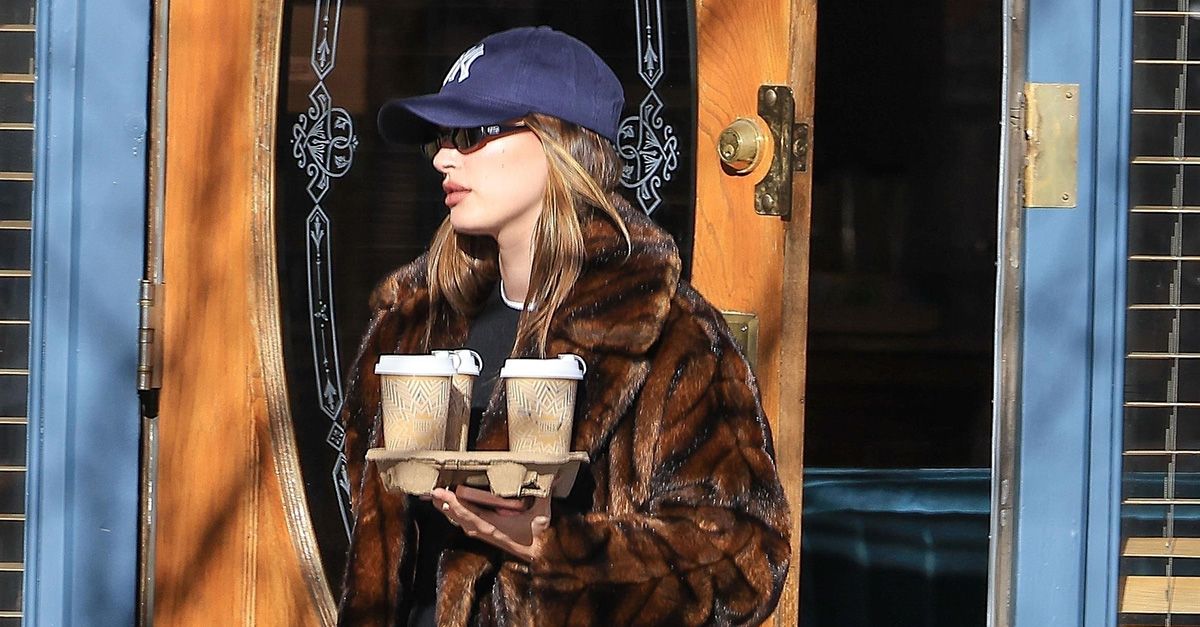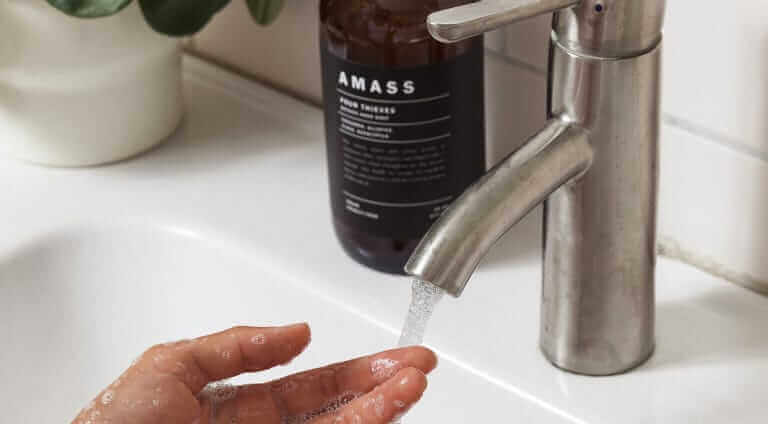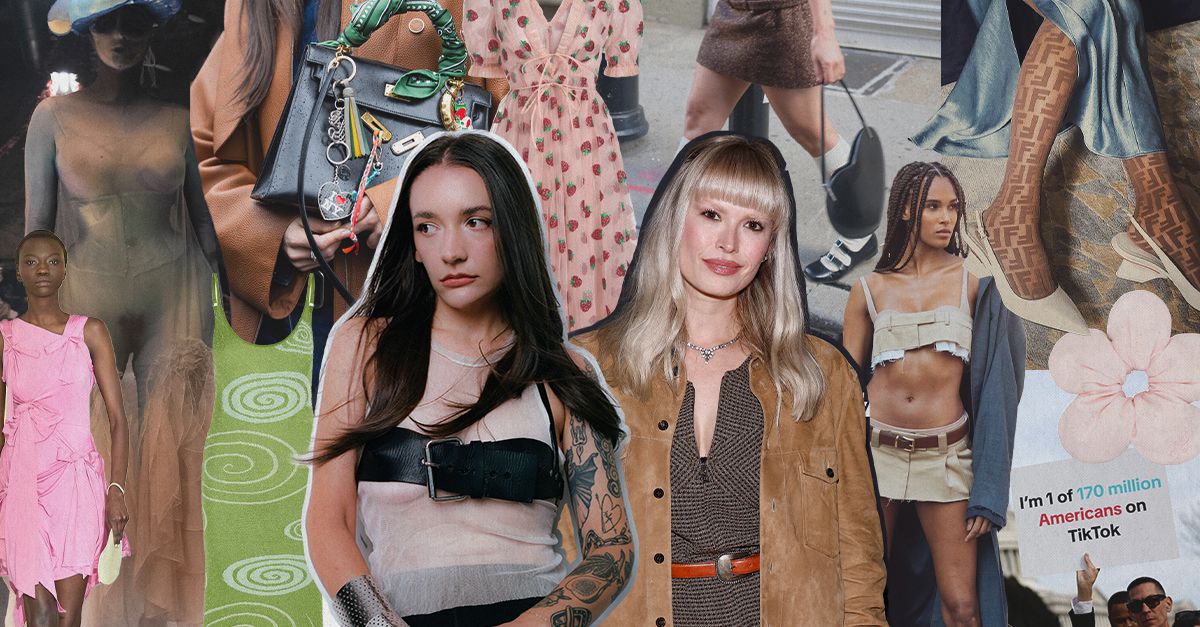1980s Menâs Fashion: Power, Excess & Innovation Rule the Day
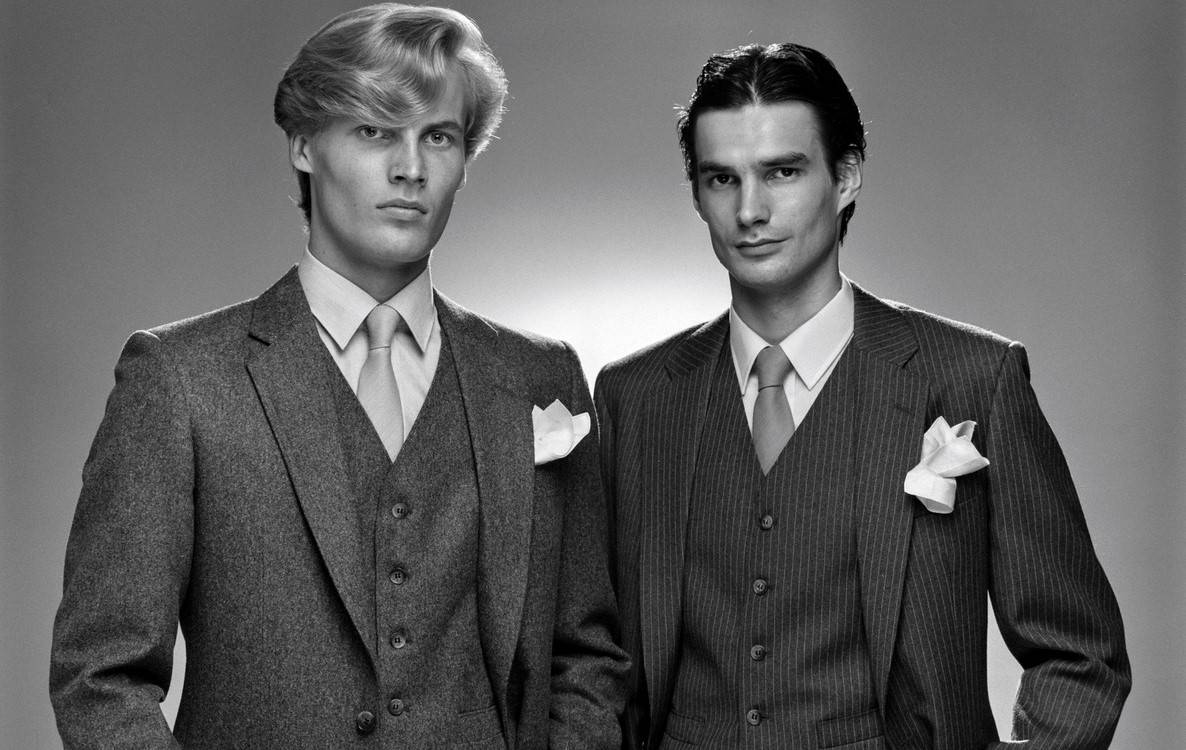
Diving into the vibrant world of 1980s menâs fashion reveals a time of bold experimentation and iconic style developments that continue to influence trends today.
The decade was a revolutionary period for â80s menâs fashion, characterized by an eclectic mix of neon colors, oversized silhouettes, and the unmistakable power suit. From the boardroom to the dance floor, the â80s outfits men wore embraced a unique blend of glamour, rebellion, and the advent of casual chic.
This exploration into 1980s menâs fashion will uncover the key elements that defined the looks and the influential figures who adorned them, in addition to how these styles have left a lasting legacy in the world of style today.
Key Takeaways
The 1980s were dynamic years for menâs fashion, marked by bold colors, extravagant patterns, and a shift towards casual comfort without sacrificing style. This period introduced a mix of formal and casual wear that blurred the lines of traditional menswear, making room for personal expression and eclectic tastes.
Power suits, athletic wear as everyday clothing, and the rise of designer labels defined the era, encapsulating a time of economic prosperity and cultural shifts. The 1980s fashion legacy continues to influence modern trends, demonstrating the decadeâs lasting impact on menâs style.

1980s Menâs Fashion: A Brief Background
The 1980s marked a significant shift in menâs fashion, reflecting broader socio-economic changes and the growing influence of media and celebrity culture.
This era saw the rise of the yuppie, a demographic that sought to showcase their success through their wardrobe choices, leading to the prominence of the power suit. Fashion became a form of self-expression, with men feeling more liberated to explore colors, patterns, and unconventional materials.
The decade was also characterized by the advent of MTV, which brought music and fashion closer together than ever before. Icons like Michael Jackson, Prince, and David Bowie, each with their unique style, heavily influenced menâs fashion choices.
From the glam-rock-inspired flamboyance to the casual, sporty looks popularized by hip hop artists, music played a pivotal role in shaping the fashion landscape.
In terms of design, the 1980s saw Italian and Japanese designers gaining prominence, challenging the traditional dominance of Parisian fashion. Giorgio Armaniâs deconstructed jackets, which offered a more relaxed silhouette, became emblematic of the decadeâs approach to formal wear.
Meanwhile, the 1980s menâs fashion casual wear market saw an explosion in branded merchandise, with labels like Polo Ralph Lauren and Tommy Hilfiger becoming household names.
The decade also witnessed the proliferation of subcultures, each with their distinctive style, from the preppy look associated with the Ivy League to the rebellious punk and new wave aesthetics. These movements further diversified menâs fashion, offering a plethora of styles to cater to individual tastes and lifestyles.
Our Favorite 1980s Menâs Fashion Staples
Menâs Fashion in the 1980s: Style Essentials
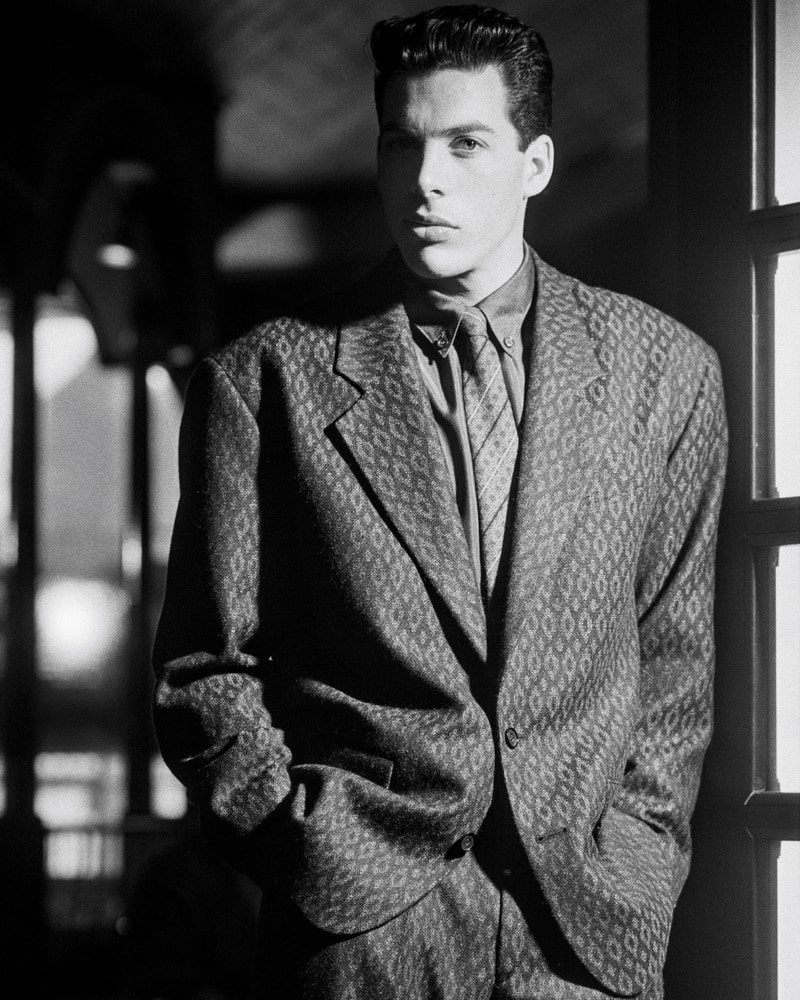
Suits
The 1980s were the era of the power suit â a symbol of wealth, ambition, and authority. Characterized by broad shoulders, a nipped waist, and often made in pinstripe or bright pastel fabrics, these suits were designed to make a statement.
Influenced by television shows like âMiami Viceâ and movies like Wall Street, men embraced suits that exuded confidence and success.
Italian designers, particularly Giorgio Armani, revolutionized suit design by introducing softer tailoring and more relaxed fits, making them more comfortable without compromising their formal appearance.
This shift marked a departure from the more structured suits of previous decades, aligning with the decadeâs broader move towards a mix of comfort and style in menswear.

Menâs Shirts in the 1980s
In the 1980s, shirts were anything but understated. The decade welcomed a plethora of bold patterns, vibrant colors, and innovative designs that reflected the eraâs exuberant spirit.
Dress shirts often featured classic stripes and checks in exaggerated sizes, but it was the casual shirts that truly captured the decadeâs penchant for flamboyance.
Hawaiian shirts, graphic tees, and polo shirts became staples of casual wear, each offering a unique avenue for personal expression. The iconic band T-shirt emerged as not just a fashion statement but a symbol of oneâs musical affiliations.
Layering was also a key trend, with men frequently wearing a T-shirt under an open button-down for a casual yet stylish look.
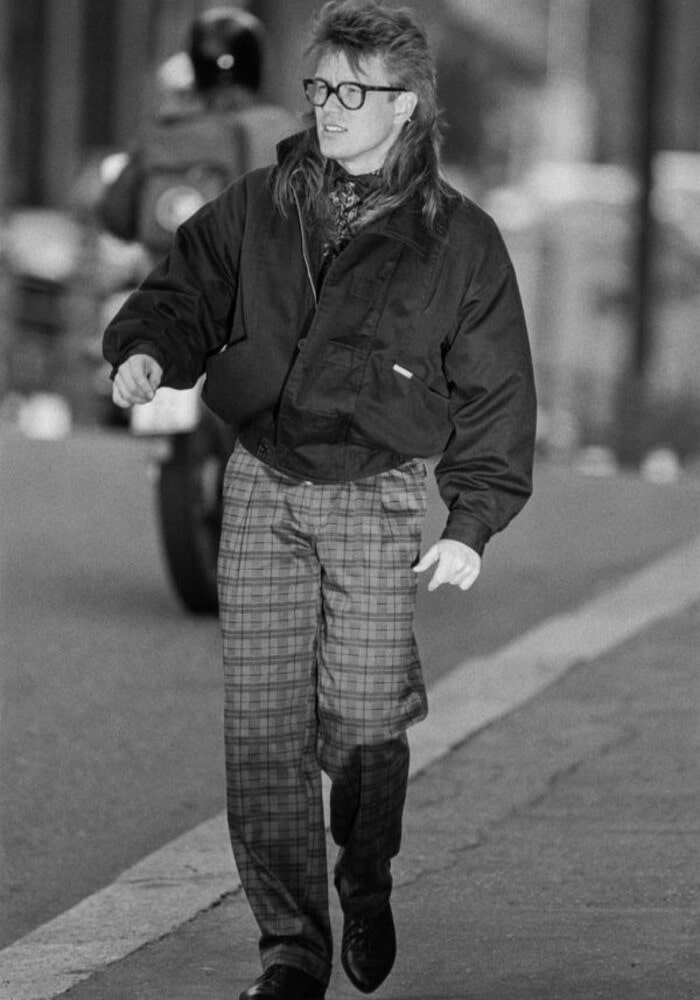
Pants
Pants in the 1980s varied widely in style and cut, from the tailored trousers that accompanied power suits to the more relaxed and casual options that defined off-duty looks.
One of the most iconic styles of the decade was the parachute pant, known for its baggy silhouette and utilitarian details. Denim also saw a significant evolution during this period, with acid wash and distressed styles gaining popularity, reflecting the decadeâs penchant for experimentation.
Pleated trousers made a strong showing in formal and business wear, offering a more comfortable fit while maintaining a polished look. The rise of designer denim also meant that jeans were no longer just for casual outings, with brands like Leviâs, Calvin Klein, and Guess becoming symbols of high-end casual fashion.
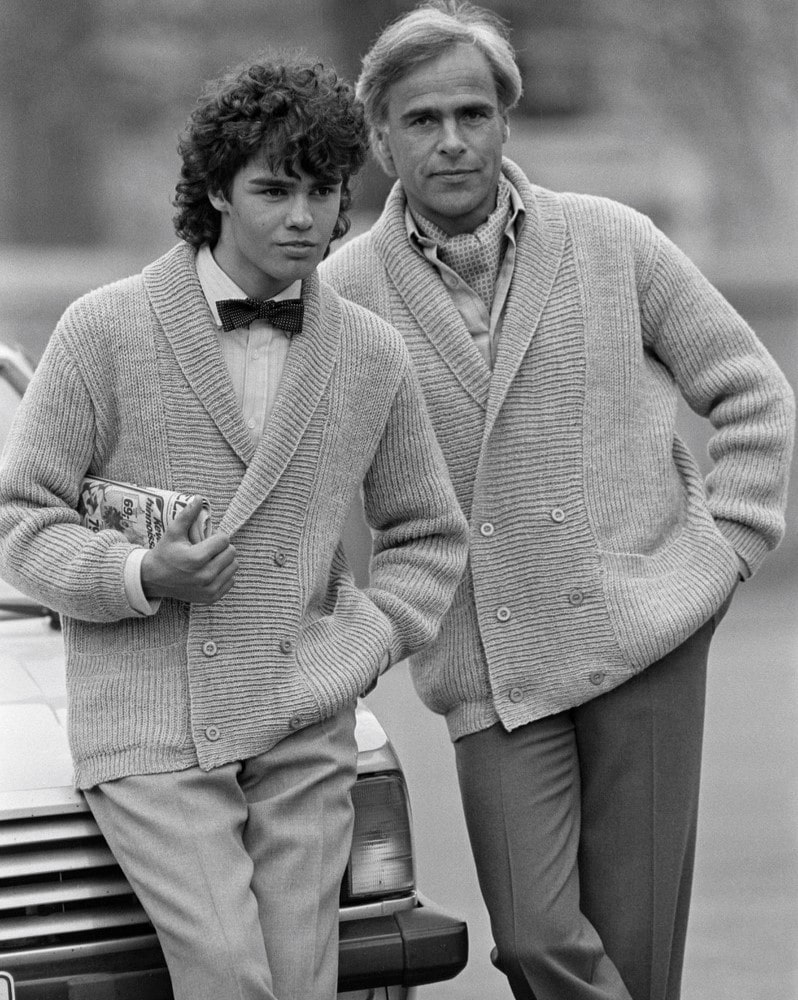
Sweaters & Knitwear
Sweaters and knitwear in the 1980s were characterized by their diverse patterns, vibrant colors, and oversized fits. 1980s menâs fashion saw the rise of the statement sweater, with motifs ranging from bold geometric patterns to whimsical animal prints.
Cable knit sweaters and cardigans were popular for their classic appeal and warmth, making them a staple in menâs wardrobes. The iconic Cosby sweater, with its colorful and abstract patterns, epitomized the eraâs love for eye-catching knitwear.
Layering was a common trend, with sweaters often worn over collared shirts for a preppy look. The introduction of high-tech synthetic fibers also allowed for new textures and forms in knitwear, further expanding the variety of styles available.
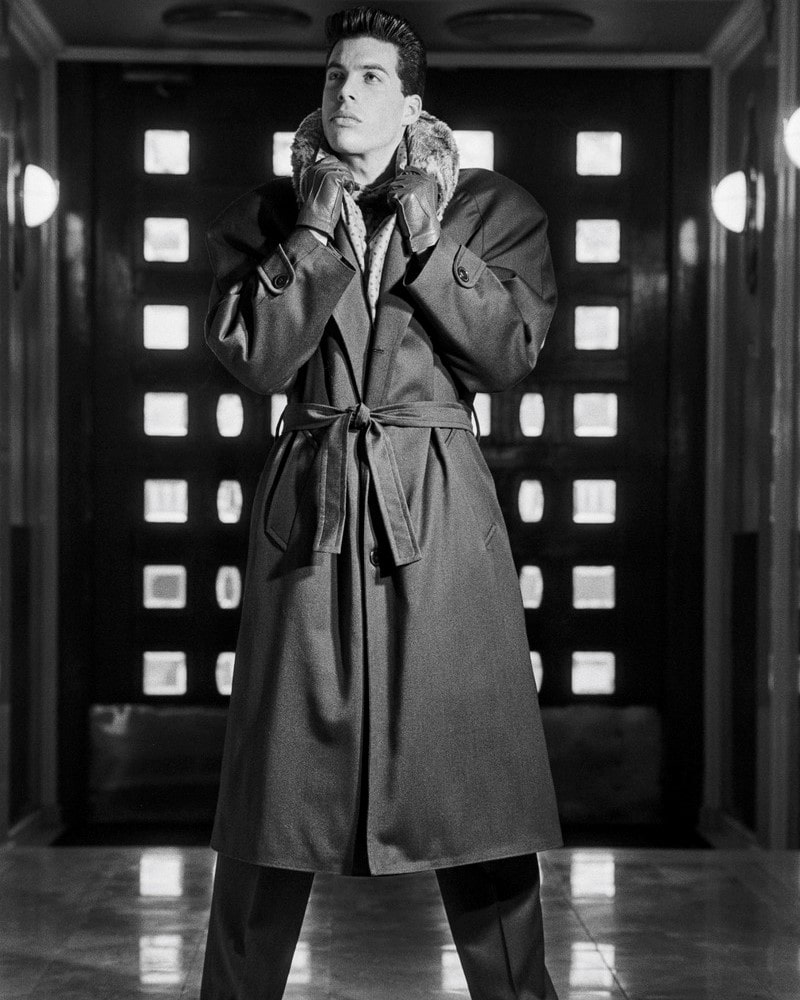
Jackets & Outerwear
Jackets and outerwear in the 1980s ranged from functional to purely fashionable, reflecting the decadeâs dynamic approach to menâs fashion. Leather bomber jackets became emblematic of the era, offering a rugged yet stylish outer layer that complemented both casual and semi-formal outfits.
The denim jacket also rose to prominence, often adorned with patches, embroidery, or acid wash effects. For colder weather, the puffer jacket was a popular choice, providing warmth without sacrificing style.
Members Only jackets, with their distinctive epaulettes and ribbed trim, became a status symbol, epitomizing the exclusive nature of 1980s fashion culture. Trench coats, inspired by military wear, also saw a resurgence, offering a sleek and sophisticated option for rainy days.

Footwear
Menâs footwear in the 1980s was as varied as the clothing, with shoes for every occasion and style preference.
Sneakers became a major fashion statement, thanks in part to the burgeoning popularity of hip hop culture and the aerobics craze. Brands like
For formal occasions, loafers and lace-up Oxford shoes were the preferred choices, often in patent leather for an extra shine. Casual wear saw the rise of boat shoes and espadrilles, reflecting the decadeâs interest in leisure and comfort.
The cowboy boot also made a surprising comeback, adopted by those looking to make a bold fashion statement with a nod to Americana.
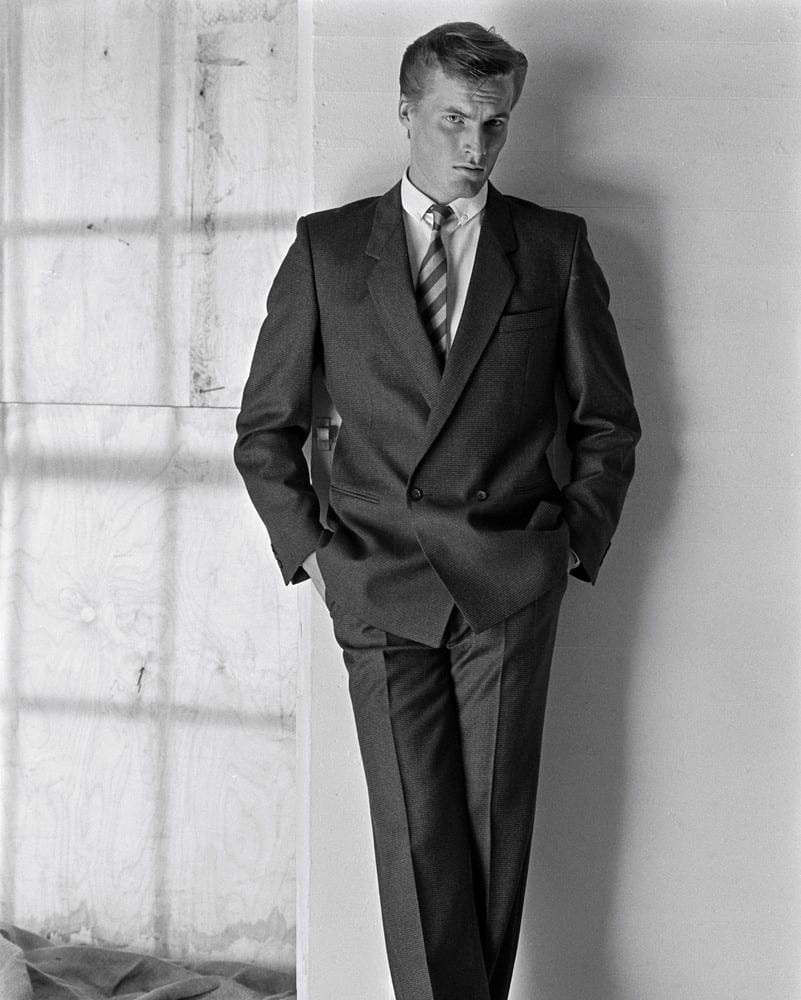
Menâs Formalwear in the 1980s
Menâs formal fashion in the 1980s introduced an era of bold statements and personalized style that broke from the strict conventions of previous decades. The power suit was at the forefront, embodying the decadeâs ethos of success and authority.
Made famous by movies like Wall Street, these suits featured broad shoulders achieved through padding, pinstripes, or bold solid colors and were often paired with a contrasting tie to make a statement. Complementing the silhouette were wide lapels, emphasizing a masculine physique that was emblematic of 1980s menâs fashion.
Double-breasted suits also saw a resurgence, offering a classic yet powerful option for formal occasions. Silk and satin shirts, sometimes in pastel shades, were paired with these suits, adding a touch of luxury and flair. Ties were wider, with bold patterns or bright colors, and the tie clip became a necessary accessory for a polished look.
Evening wear took on a new level of opulence, with tuxedos featuring shawl lapels in satin or velvet, and cummerbunds in rich fabrics to add depth to the outfit. Accessories, such as pocket squares and cufflinks, were chosen with care to complement the ensemble, often adding a personal touch to a formal outfit.
Menâs formalwear of the 1980s, though adhering to the essence of elegance, embraced the decadeâs penchant for excess and individuality. It was a time when dressing to impress meant balancing traditional formal attire with the eraâs vibrant new rules of fashion.

Menâs Casualwear in the 1980s
Casualwear in the 1980s was marked by an eclectic mix of comfort, sports influence, and the burgeoning streetwear scene. The adoption of athletic wear into everyday clothing was a significant trend, with tracksuits, sneakers, and logo-emblazoned sportswear becoming common.
This shift was partly due to the fitness craze that swept through the decade, as well as the increasing visibility of sports personalities and their impact on fashion.
Denim played a crucial role in casual attire, with jeans becoming a universal staple for men of all ages. The introduction of designer denim brands elevated jeans to a fashion statement, offering various cuts from skinny to relaxed fits. Acid wash and ripped jeans added an edge to casual outfits, embodying the decadeâs rebellious spirit.
Layering was a key aspect of 1980s casualwear, with combinations like T-shirts under open button-downs or sweaters tied around the shoulders. Polo shirts and Henley shirts provided a relaxed yet refined option, often paired with chinos or corduroy pants for a smart-casual look.
Outerwear in casual settings included bomber jackets, denim jackets, and windbreakers, each adding a distinct character to an outfit. The utility and cargo pants emerged as alternatives to jeans, reflecting a growing interest in functional fashion.
The 1980s casualwear was about expressing individuality and embracing the diverse influences of the decade, from the music scene to sports, resulting in a vibrant and varied fashion landscape.

Menâs Accessories in the 1980s
Accessories played a pivotal role in the â80s outfits men wore, adding layers of complexity and personal flair to both formal and casual outfits. They were not just additions but essential components that defined the style of the era.
Hats
Hats in the 1980s saw a revival of classic styles alongside the introduction of new trends. The fedora made a comeback, influenced by a resurgence in 1940s and 1950s nostalgia, often worn with more formal attire to add a touch of class.
Baseball caps became a staple in casual wear, transcending their athletic origins to become a fashion statement, often branded with logos of sports teams or designer labels.
The bucket hat, initially associated with fishing and outdoor activities, was adopted by the hip-hop and skater subcultures, becoming synonymous with youthful rebellion and street style.
Watches
Wristwatches in the 1980s were not just timekeeping devices but symbols of status and style. Luxury brands like Rolex and Omega were coveted for their craftsmanship and elegance, often seen as a sign of success.
The digital watch, however, epitomized the decadeâs fascination with technology and innovation, with brands like Casio offering multifunctional models that included calculators, alarms, and stopwatch capabilities.
The Swatch watch became a fashion phenomenon, offering affordable, colorful, and collectible designs that appealed to a younger audience, making it possible to coordinate watches with different outfits.
Ties
The tie was an essential accessory for menâs formalwear, with the 1980s seeing a wide range of styles and patterns. Bold colors, geometric patterns, and novelty prints reflected the eraâs penchant for individual expression. Silk ties were particularly popular, adding a touch of luxury to business attire.
The skinny tie, reminiscent of the 1960s, reemerged as part of the New Wave and punk movements, offering a sleek counterpoint to the broader ties that dominated the decade.
Suspenders and Belts
Suspenders returned to fashion in the 1980s as part of the revival of vintage styles, worn with both formal trousers and casual jeans for a distinctive look. They were often brightly colored or patterned, adding a playful element to outfits.
Belts, on the other hand, were not just functional but decorative. Leather belts with statement buckles were popular in casual settings; finer, more subdued belts complemented formal wear.
Glasses
Eyewear in the 1980s ranged from functional to flamboyant. Aviator glasses maintained their popularity, and wayfarer frames became iconic, thanks in part to their appearance in films and on celebrities.
Oversized glasses, often with tinted lenses, were a fashion statement that transcended practicality, embodying the decadeâs love for excess.
More Popular Accessories for Men in the 1980s
Beyond the basics laid out above, the 1980s saw men embracing a variety of other accessories. Leather bracelets, neck chains, and earrings began to cross gender boundaries, reflecting the decadeâs broader cultural shifts towards individualism and self-expression.
Bandanas and headbands, influenced by the fitness and sports movements, became popular in casual wear. Cufflinks saw a resurgence in formal settings, often chosen to add a personal touch to suits and dress shirts.
Brooches and pins, once considered solely womenâs accessories, were adopted by fashion-forward men, pinned to lapels and jackets as symbols of causes, affiliations, or purely as decorative elements.
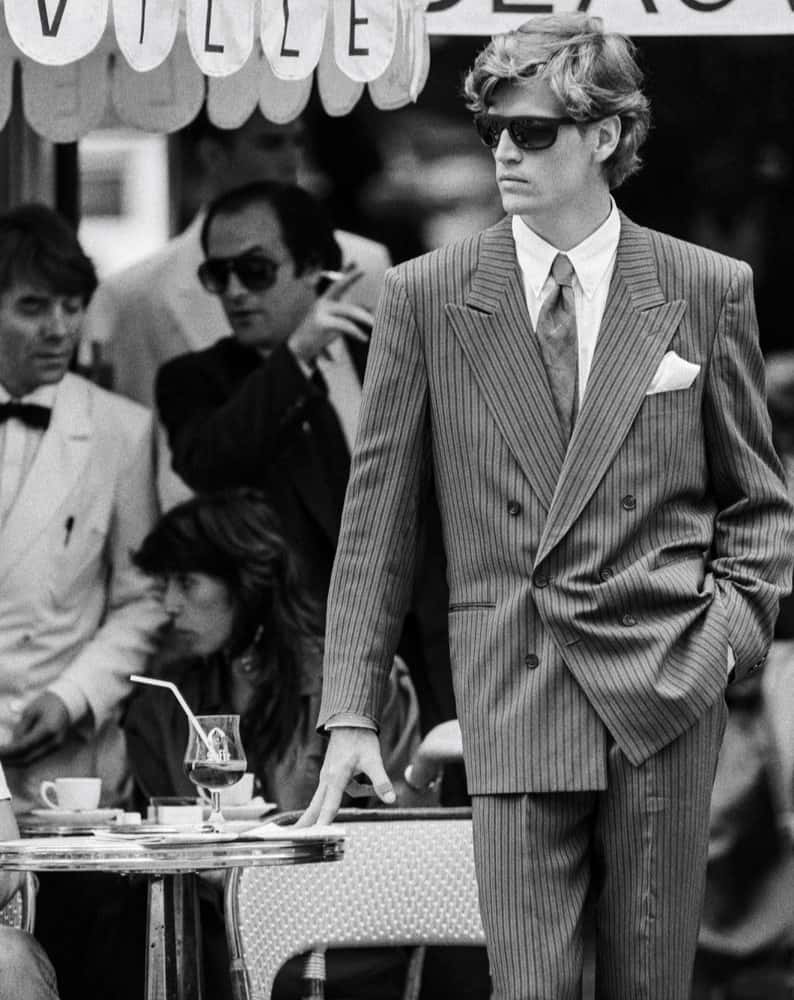
Menâs Grooming Trends in the 1980s
Menâs hairstyles in the 1980s brought about a huge change in male grooming, paralleling the bold and diverse fashion trends of the time. Menâs grooming became more prominent, with a focus on both hair and facial hair, reflecting the decadeâs broader acceptance of self-expression and style.
1980s Menâs Hairstyles
Hair in the 1980s was all about volume, length, and making a statement. The mullet, with its âbusiness in the front, party in the backâ ethos, became an iconic style of the decade, embraced across various music and cultural scenes. Similarly, the Jheri curl offered a glossy, curled look that became synonymous with certain music genres.
For the more conservative, the slicked-back look was a popular choice, offering a sleek, polished appearance that complemented the power suits of the era.
Punk influences also saw an uptick in more radical hair choices, including mohawks, brightly dyed hair, and spiked styles, reflecting the decadeâs penchant for individuality and nonconformity.
The importance of hair products, such as mousse, gel, and hairspray, cannot be overstated, as they were essential for achieving the voluminous styles that defined the decade.
1980s Facial Hair
Facial hair in the 1980s ranged from clean-shaven to well-groomed mustaches and beards. The mustache, in particular, saw a resurgence in popularity, often worn thick and neatly trimmed, epitomizing the masculine ideal of the time.
Goatees and beards were less common but still present, usually kept short and well-defined, in line with the decadeâs grooming standards.
The clean-shaven look remained a staple for business and formal occasions, reflecting the professional aesthetic. However, the growth of the casual and creative industries allowed for more freedom in facial hair styles, aligning with the decadeâs broader themes of personal expression and breaking away from traditional norms.

Male Fashion Icons of the â80s
The 1980s were pivotal for American fashion, introducing designers and celebrities whose influence on menâs style was profound.
Ralph Lauren led with his quintessential American spirit, marrying polished, preppy looks with casual luxury, making Polo Ralph Lauren a wardrobe staple. Tommy Hilfiger, launching his brand in 1985, embraced classic American themes with a modern twist, using bold colors and patterns to define the decadeâs casualwear.
Calvin Klein became synonymous with minimalist chic and innovative advertising, particularly for jeans and underwear, revolutionizing fashion branding. Also famed for denim, Levi Strauss & Co. continued to dominate with its iconic Leviâs jeans, introducing stone washing to create the ultimate casual, comfortable denim.
Celebrity style icons also left their mark, with Michael Jacksonâs theatrical and iconic outfits, including the âThrillerâ red leather jacket, pushing menâs fashion boundaries. Prince challenged traditional masculinity with his eclectic, androgynous style, blending rock, funk, and R&B influences into a unique fashion statement.
Bruce Springsteenâs parred-back approach to a denim and leather aesthetic offered a relatable, rugged look rooted in Americana. This aspect of 1980s menâs fashion is still very much in evidence today.
At the same time, Hollywoodâs influence came through Tom Cruise and Harrison Ford, whose roles in Top Gun and Indiana Jones, respectively, sparked trends for aviator sunglasses, bomber jackets, fedoras, and the adventurer look, defining cool for the era.
How to Wear 1980s Menâs Fashion Today
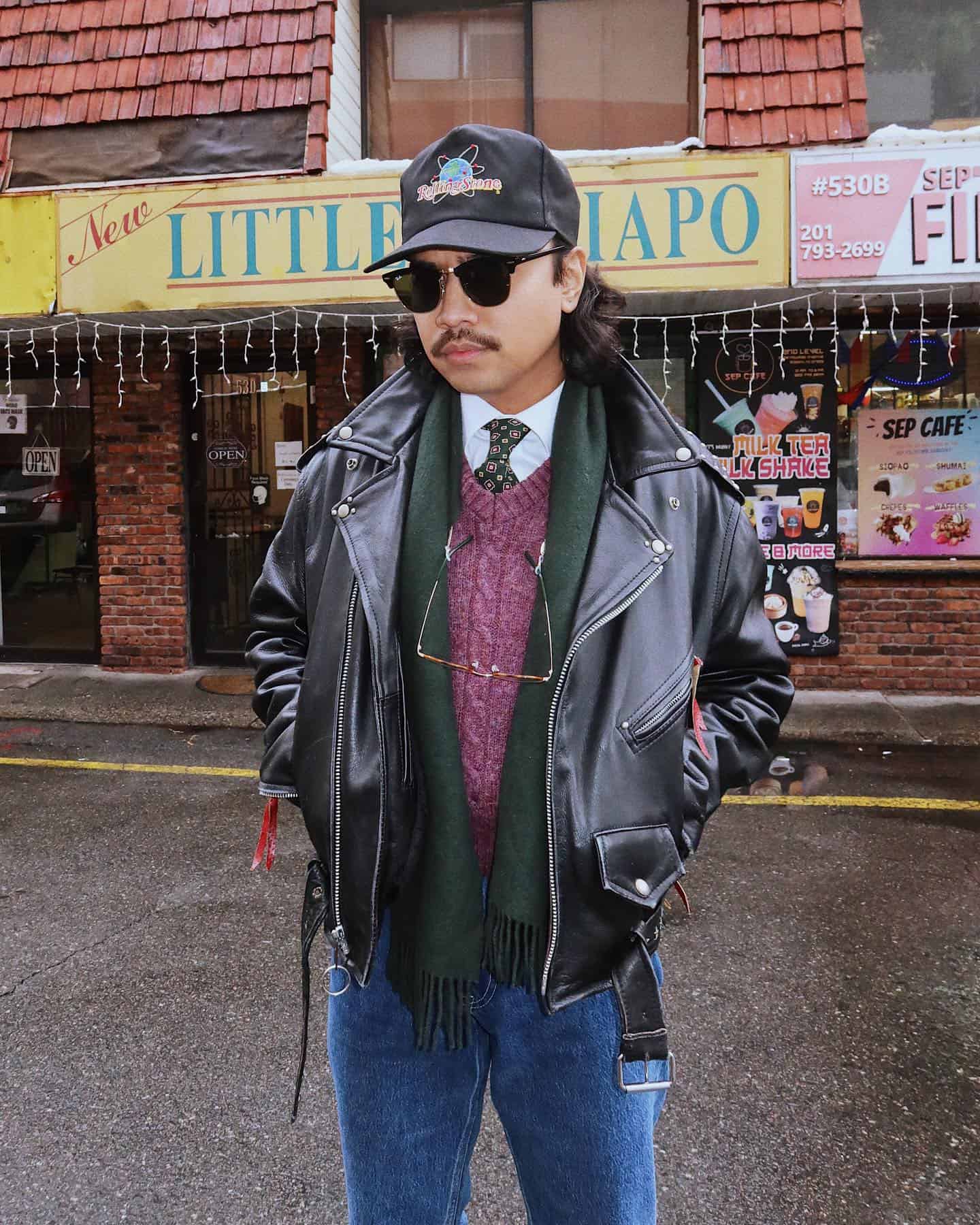
Incorporating 1980s menâs fashion into todayâs wardrobe can be done by focusing on key pieces that capture the decadeâs essence without feeling costume-like.
Statement blazers with bold patterns or colors, vintage band T-shirts, and high-waisted jeans can all be mixed with contemporary items for a nod to the â80s. Sneakers, especially retro styles, remain a timeless link to the eraâs casualwear trends.
Final Verdict
The 1980s were a decade of excess, energy, and innovation in menâs fashion, introducing styles and trends that continue to influence todayâs fashion landscape. From the power suit to the rise of casualwear, the era offered a new perspective on masculinity and personal expression through clothing.
FAQ
-
-
In the 1980s, men wore power suits with broad shoulders, pastel or pinstriped dress shirts, leather jackets, denim in various styles (including acid wash), athletic wear as everyday clothing, and bold, patterned sweaters and knitwear.
-
To an 80s party, a guy could wear a bright or pastel-colored suit, a graphic tee under a denim or leather jacket, acid-washed or ripped jeans, chunky sweaters, and accessorize with sunglasses, a chunky watch, or a bandana for an authentic 80s look.
-
Stereotypical 80s clothes included neon and pastel colors, shoulder-padded power suits, graphic tees, acid-washed jeans, leg warmers, tracksuits, and oversized tops.
-
Popular footwear in the 80s included high-top sneakers, especially from brands like Nike and Adidas, loafers or Sperrys for more formal occasions, and athletic shoes worn as part of the casual athletic wear trend.
-
Chuck Taylors were popular in both the 80s and 90s, but their iconic status and widespread use span multiple decades, including significant popularity in the 80s as part of the casual and punk rock scenes.
-
Read the original article here






